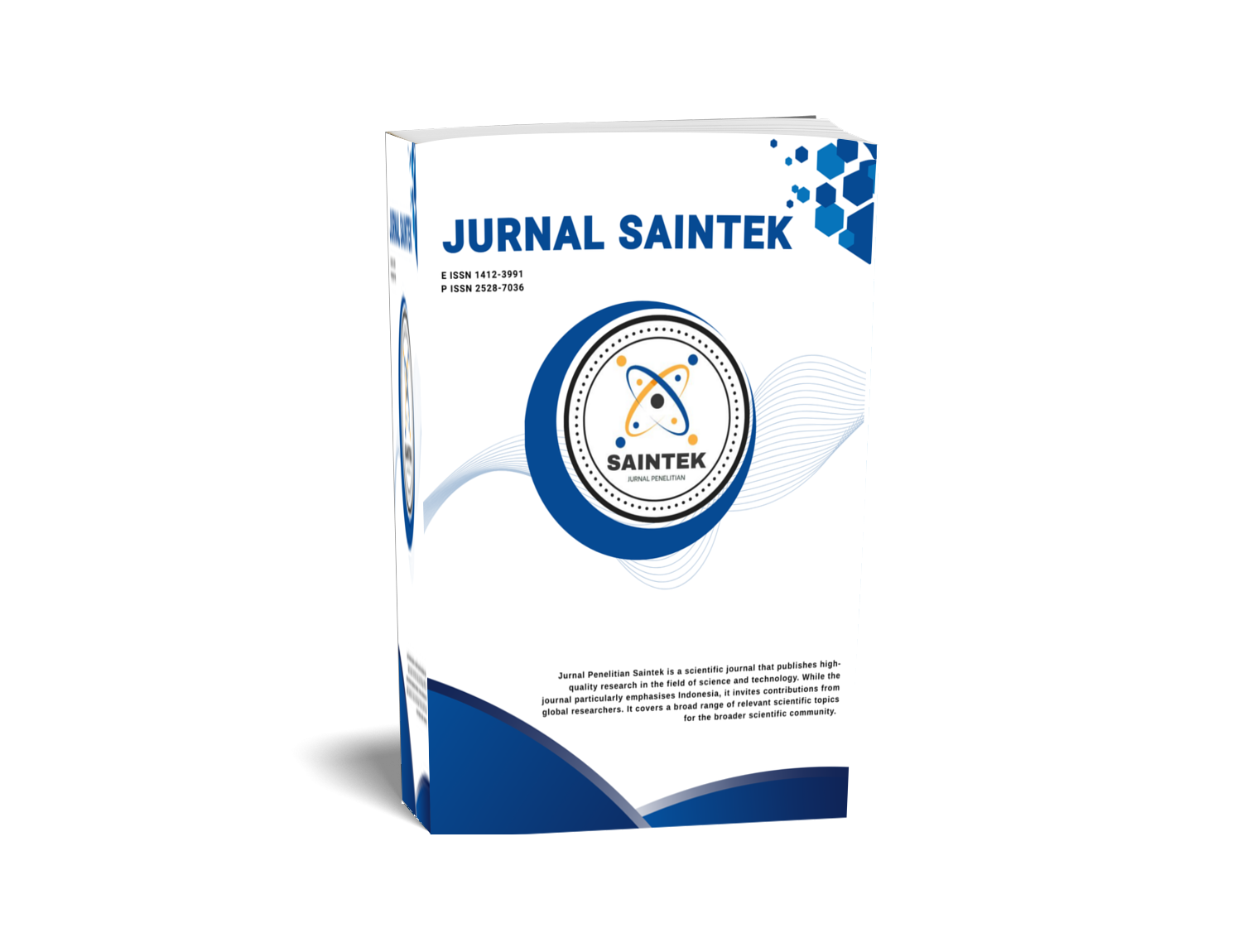THE USE OF AJAX TECHNOLOGY IN NEW STUDENTS REGISTRATION WEBSITE AT MATANA UNIVERSITY
DOI:
https://doi.org/10.21831/jps.v22i2.16636Keywords:
AJAX, web programming, web 2.0, interactive websiteAbstract
Formerly, website technology only used HTML to display static content (web 1.0), then in the modern era, modern website was developed (web 2.0). The use of HTML language was combined with dynamic web programming languages such as PHP, ASP.Net, and JSP. However, in order to make the website page become more interactive and responsive, the use of dynamic web programming languages was not enough, therefore a technology that called as AJAX was created. This application is able to make website page becomes more responsive and interactive. The use of AJAX technology in modern website applications can also make the website page load faster and save the bandwidth usage of the internet network connection due to the asynchronous data transfer process between the client and the server. This study was aimed to fi nd out the mechanism of data transfer process and the comparison 99 of access speed level between client computer and the server (web and database server), especially on the website page using AJAX technology. This study used case study method and literature review analysis. Through this research, the AJAX engine model contained in JavaScript programming can be analyzed to produce better level of connectivity between client computers and the server.
References
Cheng, L., & Yi, C. (2017). A survey of world wide web evolution with respect to security issues. PeerJ Preprints, Diunduh dari: https://doi.org/10.7287/ peerj.preprints.2793v1.
Deokar, R. S., Uchade, C. S., Tayde, A. K., Shelke, J. B., & Jawandhiya, P. M. (2017, April). Web Application Languages: A review. International Journal of Research in Advent Technology (IJRAT), Special Issue National Conference "CONVERGENCE 2017", pp. 72-78.
Himawan, Dedeh, S., & Asep, S. (2017). Penggunaan teknologi web 2.0 dan dampak perubahannya pada aplikasi website berbasis Rich Internet Application (RIA).Jurnal ULTIMATICS.
Hussaini, S., A., Tabassum, S. N., & Baig, M. K. (2013). AJAX architecture implementation techniques. International Journal of Engineering Research and Applications(IJERA), 3(2), 111-117.
Maria, D., Sagayaraj, F., & Anthony, P. (2014) E-learning in web 3.0. International Journal of Modern Education and Computer Science (IJMECS), 2, 8-14. DOI:10.5815/ijmecs.2014.02.02.
Mesbah, A. (2009). Analysis and testing of AJAX-based single-page web applications (Dissertation). Delft University of Technology, Delft, Belanda.
Nalaka, R. D., & Dias, G. K. A. (2014). Essential features a general AJAX rich internet application architecture should have in order to support rapid application development. International Journal of Future Computer and Communication, 3(5), 350-353.
Sanjaya, R., & Brahmawong, C. (2007). Distance Examination using AJAX to Reduce Web Server Load and Student's Data Transfer, Fourth International Conference on eLearning for Knowledge-Based Society, Bangkok, November 18-19.
Sneha, K. A., & Khatwar, D. M. (2015). Evolving web application with AJAX – A review. International Journal of Innovative Research in Science, Engineering and Technology (IJIRSET), 4(11).
Wadhwa, D. (2015). A study of web 3.0 technologies for collaborative learning. International Journal of Engineering Technology, Management and Applied Sciences, 3(Special Issue), 92-97.
Downloads
Published
How to Cite
Issue
Section
Citation Check
License
Who Can Submit?
Any individual may submit an original manuscript for consideration for publication in Jurnal Penelitian Saintek as long as they hold the copyright to the work or are authorized by the copyright owner(s) to submit it. Authors retain initial ownership of the copyrights to their works prior to publication, except in cases where, as a condition of employment, they have agreed to transfer copyright to their employer.
User Rights
Jurnal Penelitian Saintek is an Open Access journal. Users are granted the right to read, download, copy, distribute, print, search, or link to the full texts of articles, provided they comply with the conditions of the Creative Commons Attribution-ShareAlike License 4.0 (CC BY-SA 4.0).
https://creativecommons.org/licenses/by-sa/4.0/
Author Rights
Authors retains copyrights.
Jurnal Penelitian Saintek by http://journal.uny.ac.id/index.php/saintek is licensed under a Creative Commons Attribution-ShareAlike 4.0 International License.









